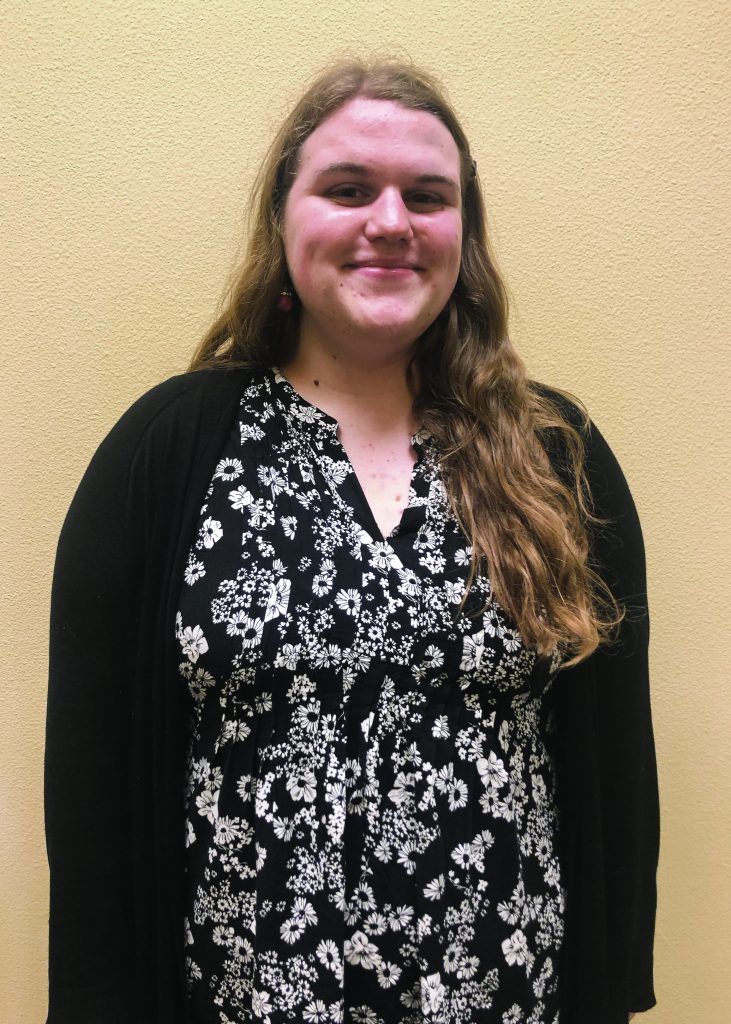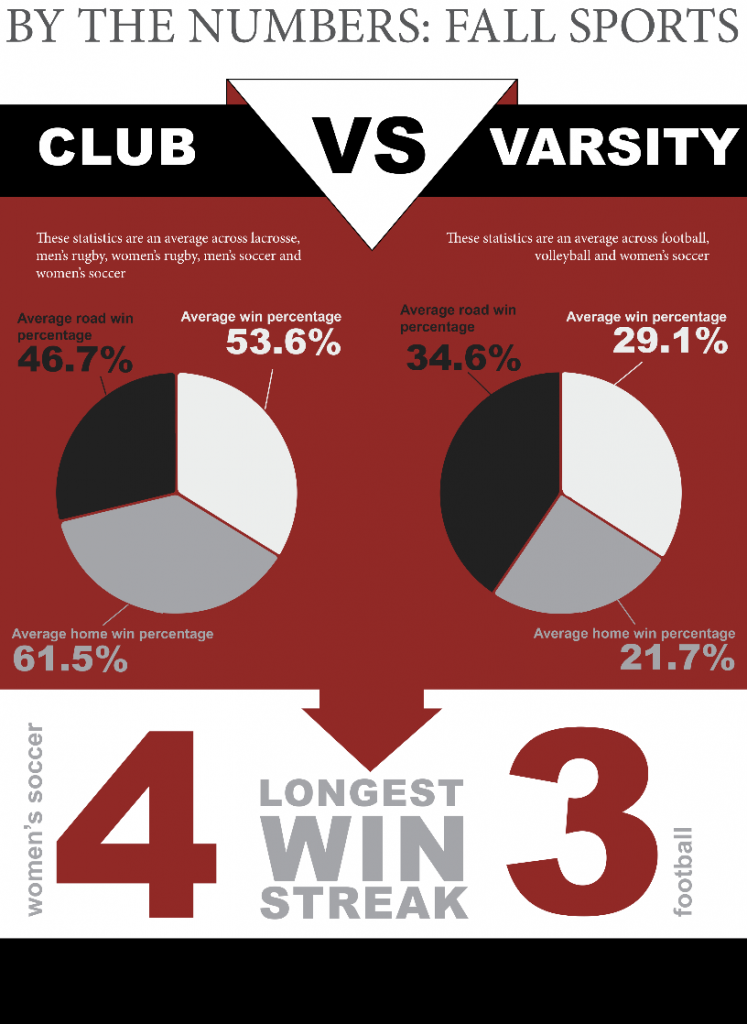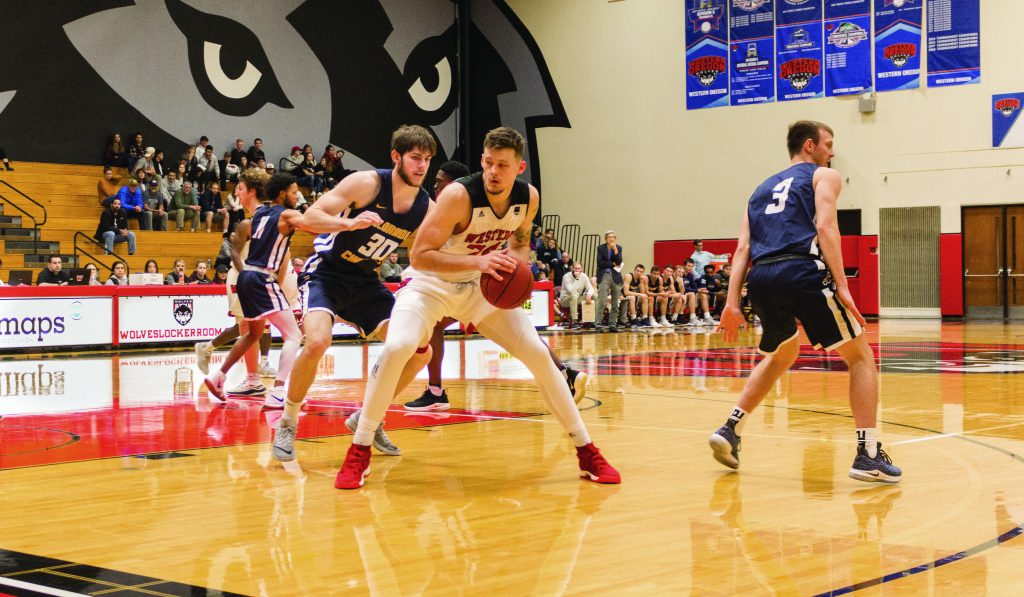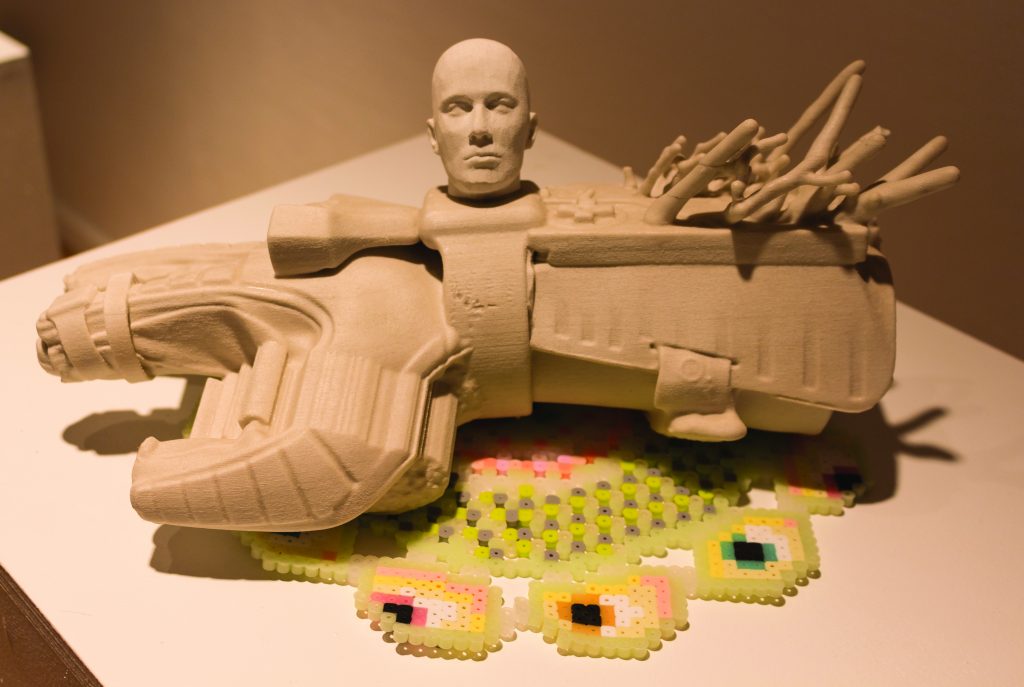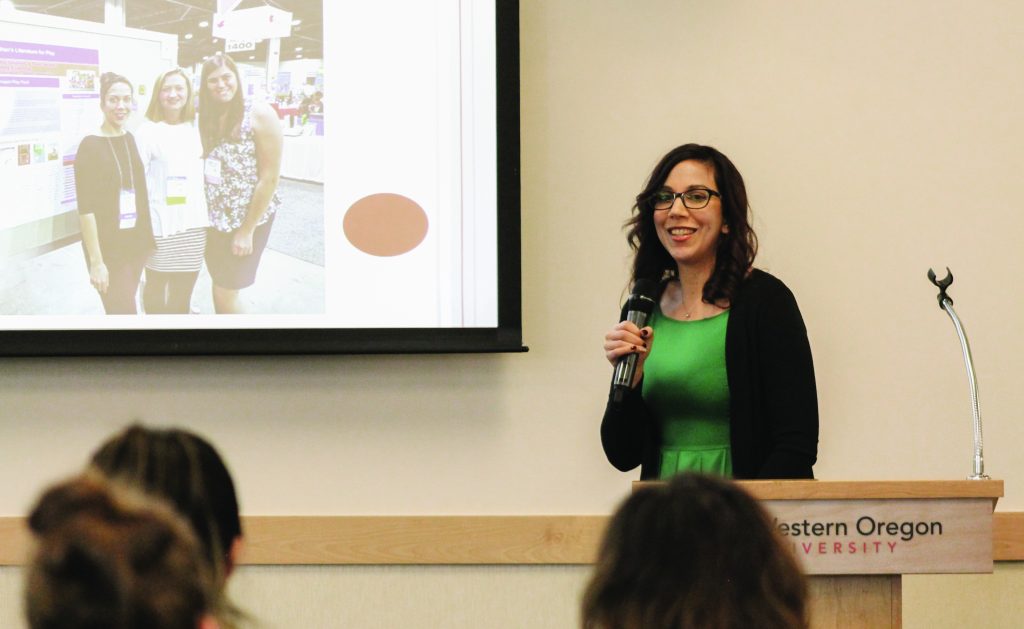
Bailey Thompson | News Editor
Focusing on academics the week before finals, Western’s Program for Undergraduate Research Experiences, or PURE, organized an event called Sharing Undergraduate Research Experiences, or SURE, that was designed to help students brainstorm ideas for future research projects and learn from the experiences of people in their community. For this particular event, which was the first of its kind, five faculty and four students shared their wisdom with students on Nov. 26 in the Willamette Room of the Werner University Center.
In turn, these different pairs of faculty and students shared a bit about their research processes and topics that they had researched — from food insecurity to measuring creativity to early childhood development and more.
In discussing her research with food insecurity, senior Paula Waldron described why she appreciated the research she had performed.
“I think the most valuable part of this whole thing is being able to use the skills,” said Waldron. “It’s something I’ll be able to take with me when I go to graduate school, and it’s definitely helped to boost my self-confidence.”
Amongst other things, the presenters stated that getting to work on research can be beneficial to students as a resume-builder, a networking opportunity, an opportunity for collaborative learning and even things like the possibility of publication and traveling.
Reflecting on what had led to this event, Gregory Zobel, an education professor and the director of PURE, stated that the inspiration to organize such a gathering had come from wanting to offer more occasions for Western students to be exposed to the research that is already being conducted in their area.
“One of the greatest things about Western is that we have a very low student to faculty ratio and we have a lot of faculty doing really interesting things and they have opportunities to do research,” said Zobel. He added that “even if your research interests don’t align exactly with what (the presenters) are doing, they may very well know other faculty that can help you out with an interesting research project or experience.”
Since professors tend to be very excited about the research that they conduct, Zobel conveyed that it was easy to find faculty who would be willing to share their wisdom with interested students.
If students are interested in pursuing a research project, the number one thing that Zobel suggested was to start talking with faculty and peers who they think might be valuable to their project and who they get along well with.
“Knock on doors and talk to people,” said Zobel. “It is possible to do interesting, meaningful research — all you have to do is reach out and find people. There’s no special qualification that you need.”
If students would like to learn more, the next SURE event is scheduled to occur in March of 2019.
Contact the author at howlnews@wou.edu
Photo courtesy of Bailey Thompson


